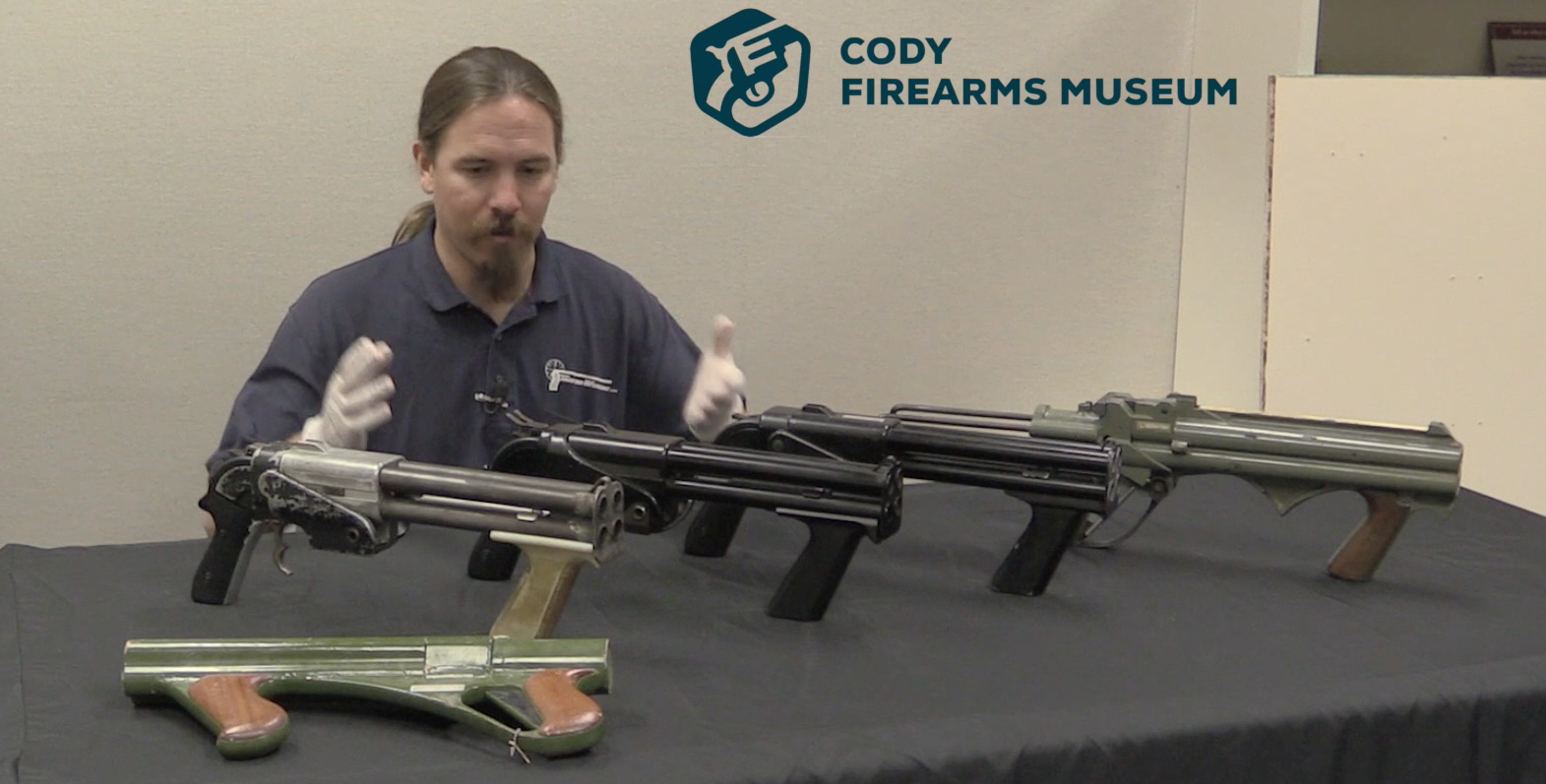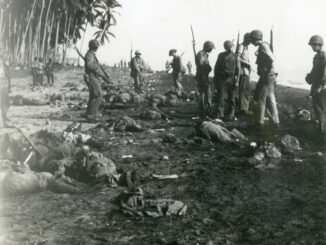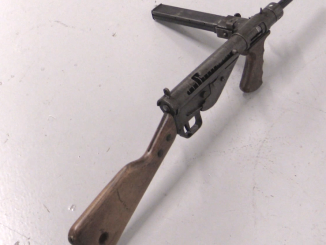
I’m hard-pressed to think of anything humorous to say about this snapshot – World War I does not lend itself well to glorification or joviality. I suppose it’s simply worth considering that if you think you’re having a rough weekend, it could be worse…




“it’s simply worth considering that if you think you’re having a rough weekend, it could be worse…”
This x10. It’s always good to be reminded of this fact.
Thanks for the picture.
You’re absolutely right, Ian. The tragedy of Flanders and the horrors of World War One have left deep scars upon the human psyche that still reverberate to this day. The old black-and-white photograph you posted is one of many that reveal the sheer starkness and desolation of one of the worst battlefields in history.
Can’t disagree with any of what folks said. WW I may be the MOST pointless major war of all time. On a more technical point, I’ve always found that little 37mm infantry cannon a fascinating weapon…
To bring a little humor into the discussion….
“Could be worse. Could be raining” *thunder cracks and it starts pouring*
From the movie Young Frankentein with Gene Wilder. Anyway, I agree that the first world war was pointless. If you look at it from a more technical point of view, there was a lot of growth in technological areas though. Aircraft, early tanks, the first use of SMGs and autoloading rifles, and the move away from old 19th-century tactics.
Jordy has some very good points regarding technological advancements. It is unfortunate that these had to come about at such a terrible cost, necessity being the mother of invention.
It is also equally unfortunate that both sides got mired in late 1800’s / early 1900’s strategy and tactics, leading to the stalemate of trench warfare for almost the whole duration of the war along with its consequences.
Speaking of World War One-era SMG’s as mentioned by Jordy, Captain Abel Revelli ( of Revelli M1914/35 MG fame ) designed a really neat, compact and highly-portable double LMG, called the Villar-Perosa, for the elite Italian Alpini, or mountain troops. It comprised two complete delayed blowback-operated weapons side-by-side on a single mounting, and which fired the 9mm Glisenti pistol cartridge. The whole ensemble was only 21″ long overall with a 12.5″ barrel length and weighed 14 lbs. Each gun was fed from a 25-round overhead box magazine and had a cyclic rate of fire of 600 rounds/min., giving a respectable total cyclic rate of 1200 rounds/min. It was very popular with the Alpini, who used it to good effect at the typical combat ranges encountered in close mountain country.
The SMG connection came in the 1920’s. Someone realized that, by separating the Villar-Perosa and giving each half a wooden buttstock, two very satisfactory sub-machine guns could be derived from one weapon. Unfortunately, nearly all Villar-Perosa’s were converted this way, so surviving examples of the original double gun are very rare.
Has anyone on this site seen or handled a Villar-Perosa? If you’d like more information on it, I have some interesting additional technical history pertaining to the gun that I can post.
The First World War was a horrifying example of what happens when tactics don’t change as fast as the new technological advances and breakthroughs. God save us all from another bloodbath like both World Wars…we might not survive as a species next time. But there will always be horror at the sound of names like Ypres, the Somme, Verdun, St Mihel, the Argonne, Gallipoli, and many other nameless, hallowed grounds.
Right on, Mike. You’re so absolutely correct.
Great comments, as usual on this blog. So nice to have adult comments and discussons.
I find that little 37mm cannon very interesting. What we need are some more pictures of it and copies of its manuals as well.
MG-42: That little 37 mm cannon is already on the site:
https://www.forgottenweapons.com/cannon/m1916-37mm-gun
A field manual and some pictures right here 🙂
Has anyone here read “The First World War” by Hew Strachan? With all these WWI mentions, I thought I’d mention it. Nothing about weapons in there, it’s all history, but it is the best single book about WWI I have found.
I’ve always liked the little 37mm. I like to think of it as the precursor (tactic-wise) to the Bazooka. In as much as they were both used against MG positions and other field works of various descriptions.
1) I always recommended to my students “Eye Deep in Hell”
2) As for the 37mm being the precursor of the Bazooka – it BEAT the Bazooka. 1917-18 Dr Robert Goddard (rocket pioneer and inventor of the liquid fueled rocket) worked for the Ordnance Department. He came up with a tube launched solid fueled rocket carrying a high explosive warhead. The Army declined to pursue the idea, it felt already had devices (Tench Cannons, Mortars, etc) in production that could do the job and Goddard’s device didn’t do anything they couldn’t. So what made the same basic concept successful in WW2? The need to stop tanks (WW1 Germany had very few, mainly captured Allied vehicles) and the weaponization of the Monroe Effect into the shaped charge.
Great story about Robert Goddard
On January 13, 1920, the New York Times published an editorial insisting that a rocket couldn’t possibly work in space:
“That professor Goddard, with his ‘chair’ in Clark College and the countenancing of the Smithsonian Institution [from which Goddard held a grant to research rocket flight], does not know the relation of action to reaction, and of the need to have something better than a vacuum against which to react — to say that would be absurd. Of course he only seems to lack the knowledge ladled out daily in high schools.”
It took until July 17, 1969, the day after the launch of a crewed mission to the Moon, for the New York Times to take back its harsh words. The 1969 correction is almost comically dry and conspicuously doesn’t mention the Apollo mission.
“Further investigation and experimentation have confirmed the findings of Isaac Newton in the 17th century, and it is now definitely established that a rocket can function in a vacuum as well as in an atmosphere,” the Times editors wrote. They added, “The Times regrets the error.”